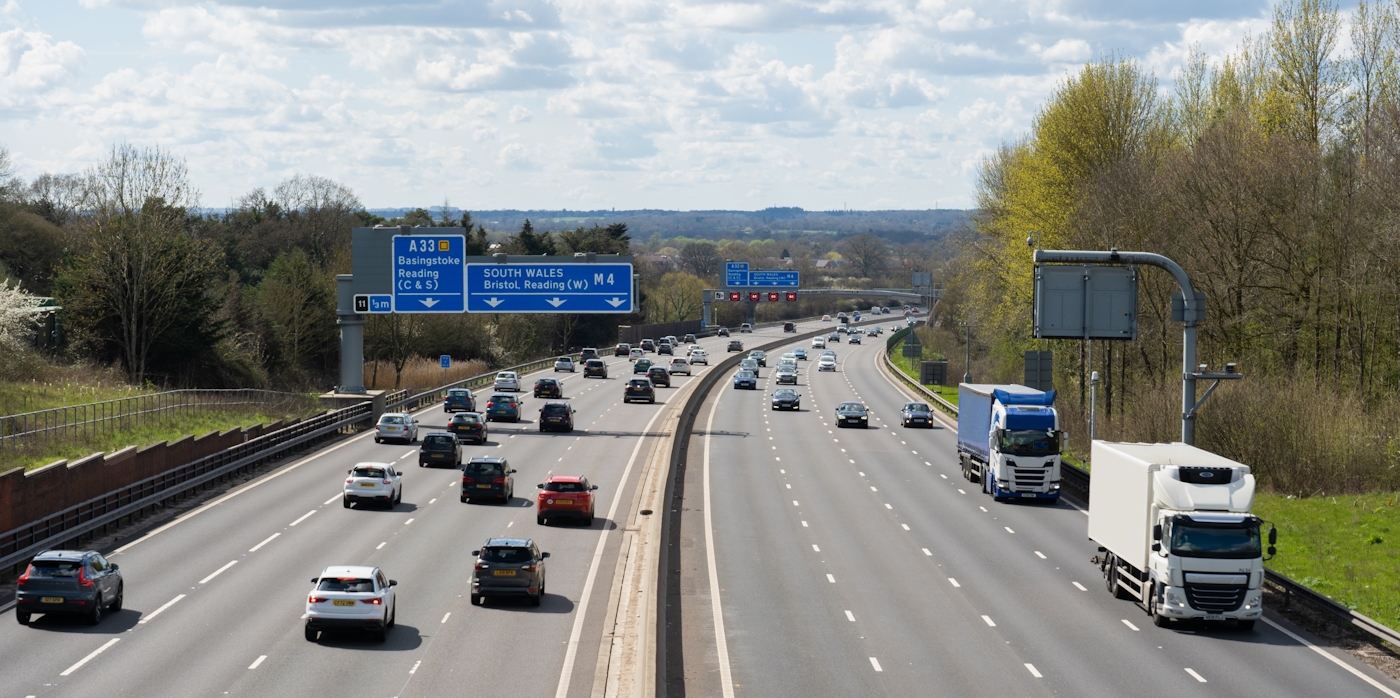TransiT Hub Receives £46.6 Million to Develop Transport Decarbonisation Digital Twin
The TransiT Decarbonisation Hub – a new research hub dedicated to rapidly decarbonising transport in the UK, including road, rail, air and maritime – will receive £46.6 million to help it achieve its aim of developing a federated digital twin designed to help decarbonise the UK’s transport networks.
The hub’s digital twins will represent digital replicas of the physical world and collect data in real time via sensors connected to infrastructure such as roads, railways and shipping. This data can be analysed to test and improve different scenarios, with solutions then produced that can improve processes in the physical world in near real-time.
The twins will also enable testing of how parts of a future decarbonised transport system will work, such as electric road systems and alternative fuels. Speeding up the way new systems are tested will help to identify the lowest-cost pathways to net zero carbon emissions.
The hub is led by researchers at Heriot-Watt University and the University of Glasgow in partnership with the University of Leeds, University of Birmingham, Cranfield University, UCL, University of Cambridge and Durham University, along with 67 partners from across the digital, energy and transport sectors. The new funding consists of £20 million from the Engineering and Physical Sciences Research Council (EPSRC) and £26.6 million from the industry partners, which include transport operators, regulators, vehicle makers and energy suppliers.
TransiT joint director Professor Phil Greening, of Heriot-Watt University, said:
‘Transport accounts for about a third of UK carbon emissions and, with global temperatures rapidly rising, we have run out of time to carry out real world transport trials and learn from them.
‘So, if the UK is to meet its carbon reduction commitments, we have to do our experiments digitally. We need to design the future transport system and optimise the transition to it.
‘Digital twins will help us see the where, what and how to decarbonise transport. We start by building individual models of real-world transport systems.
‘These can then be connected together and linked to the real world to give a bigger picture of what our future decarbonised transport system might look like – and the lowest cost way of getting there.’
Further details of the hub are available at the TransiT website.
(This Bulletin article was the subject of a ResearchConnect news alert.)

